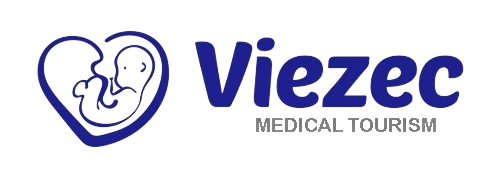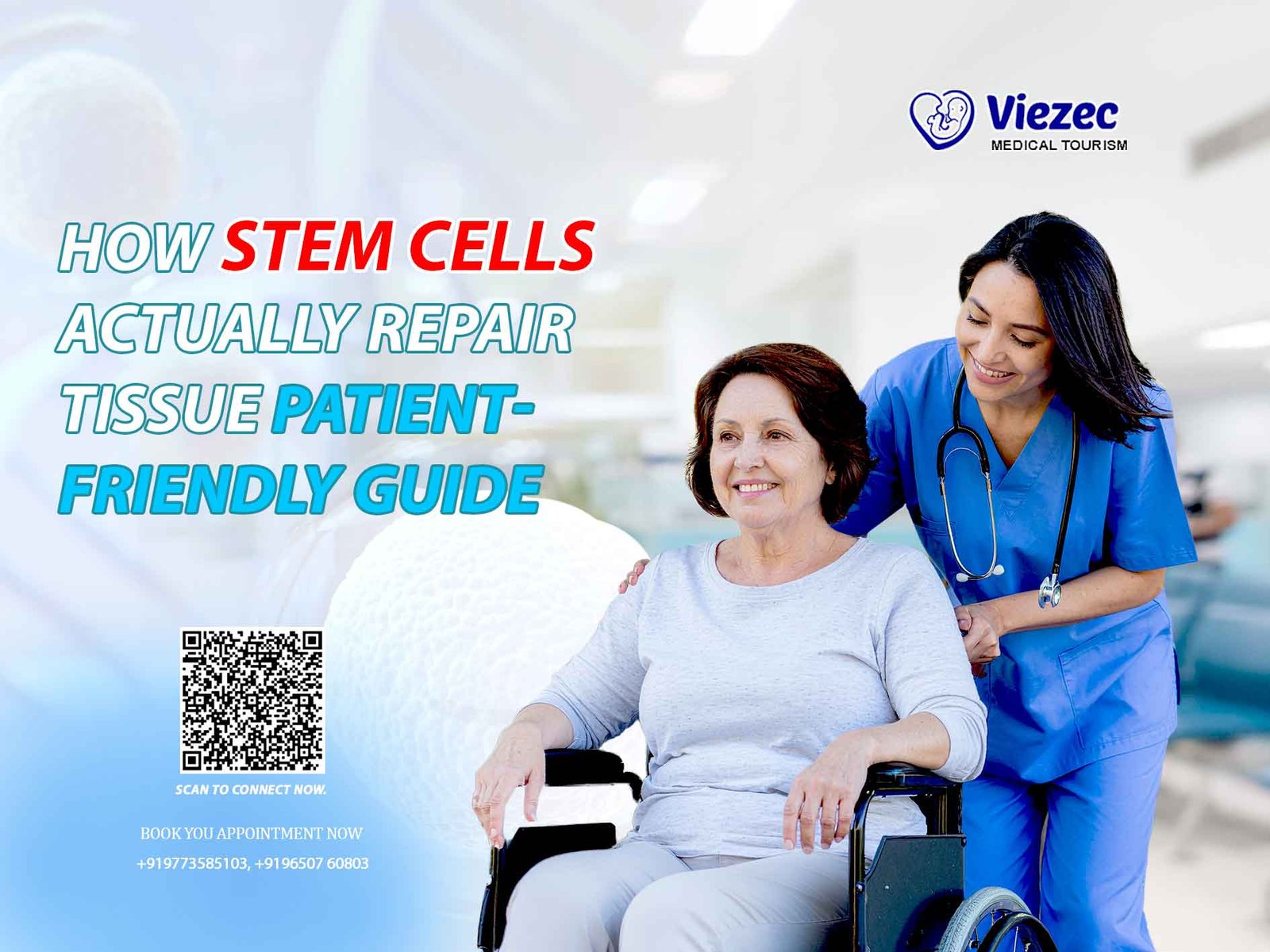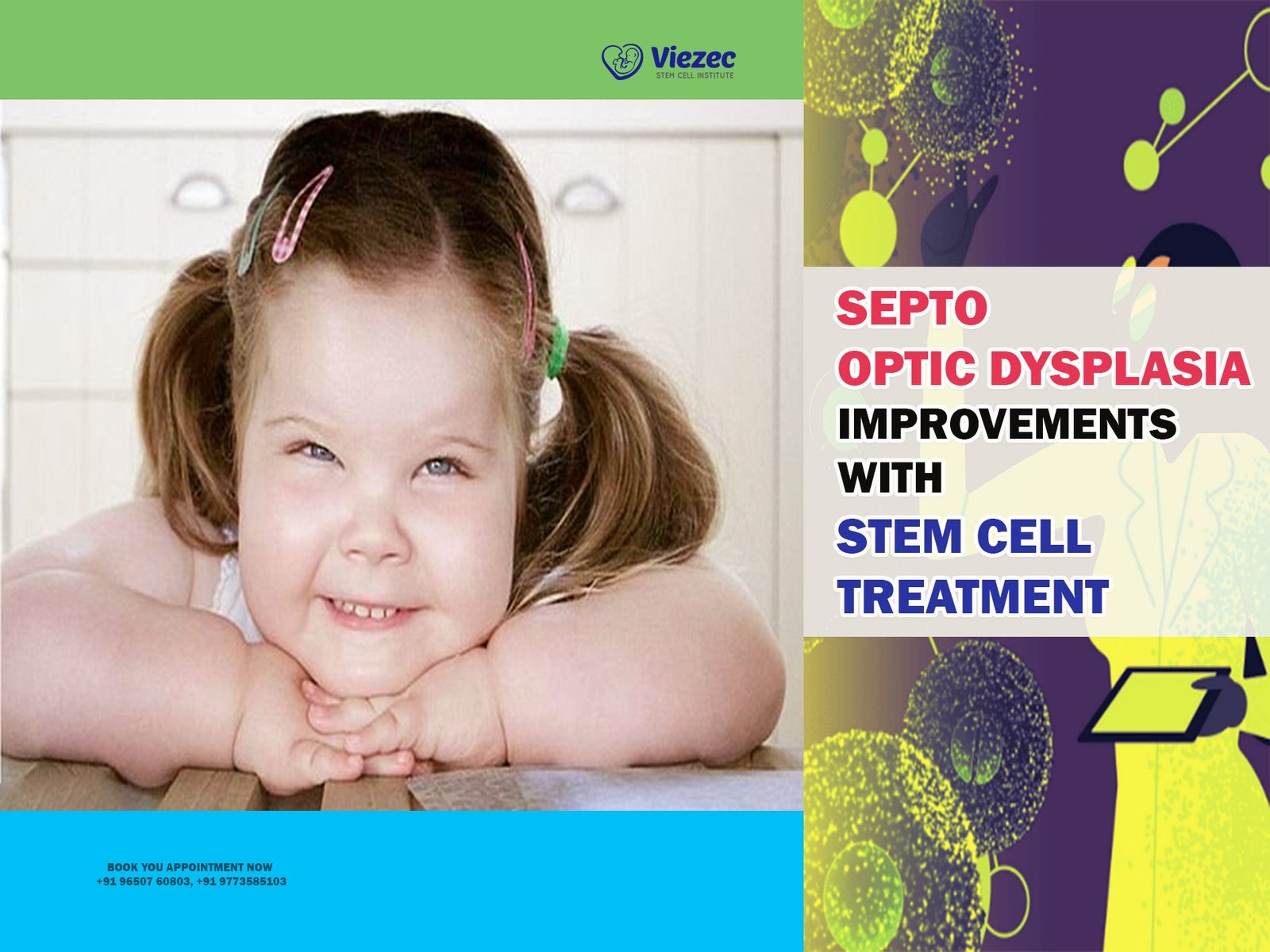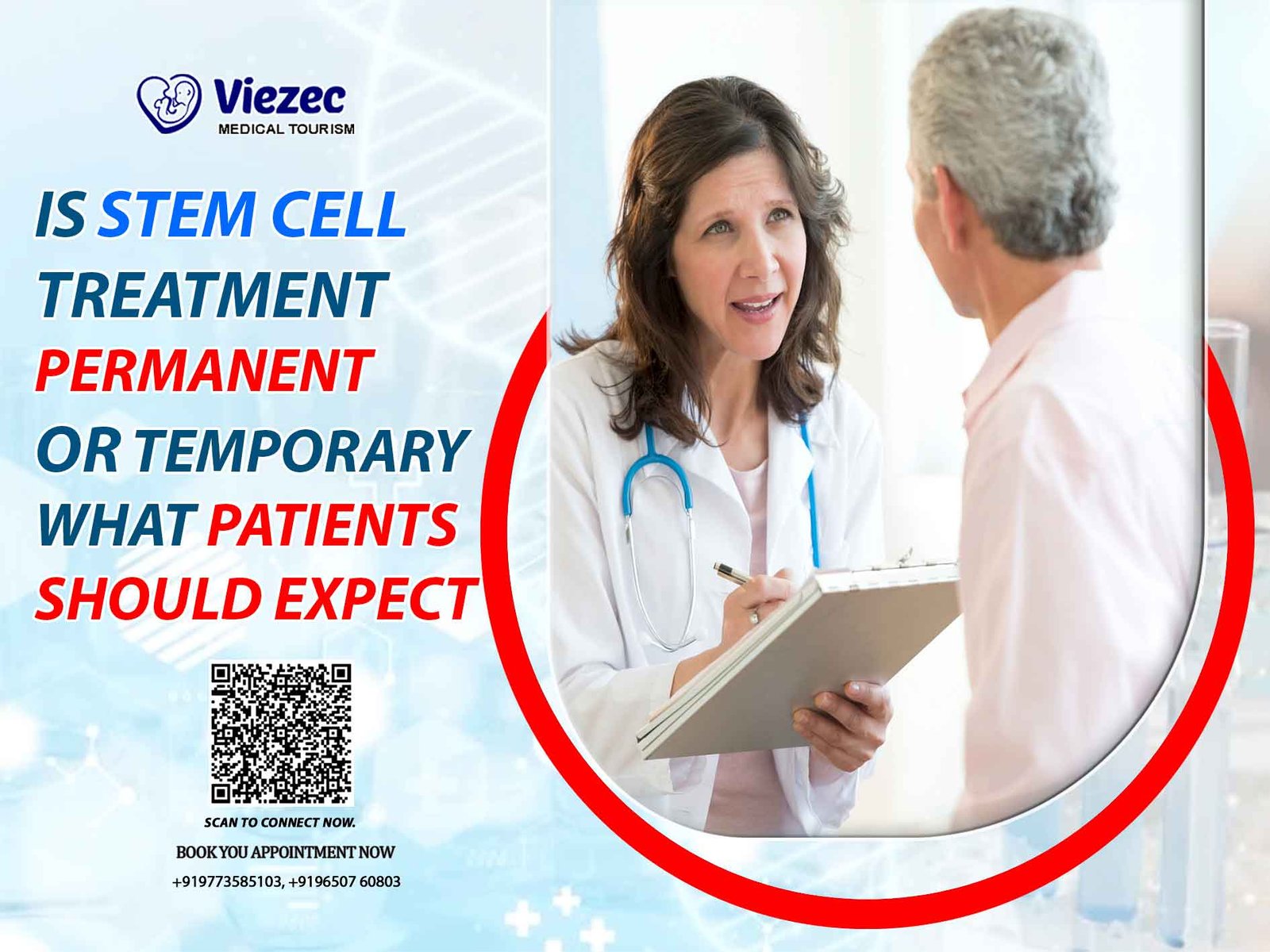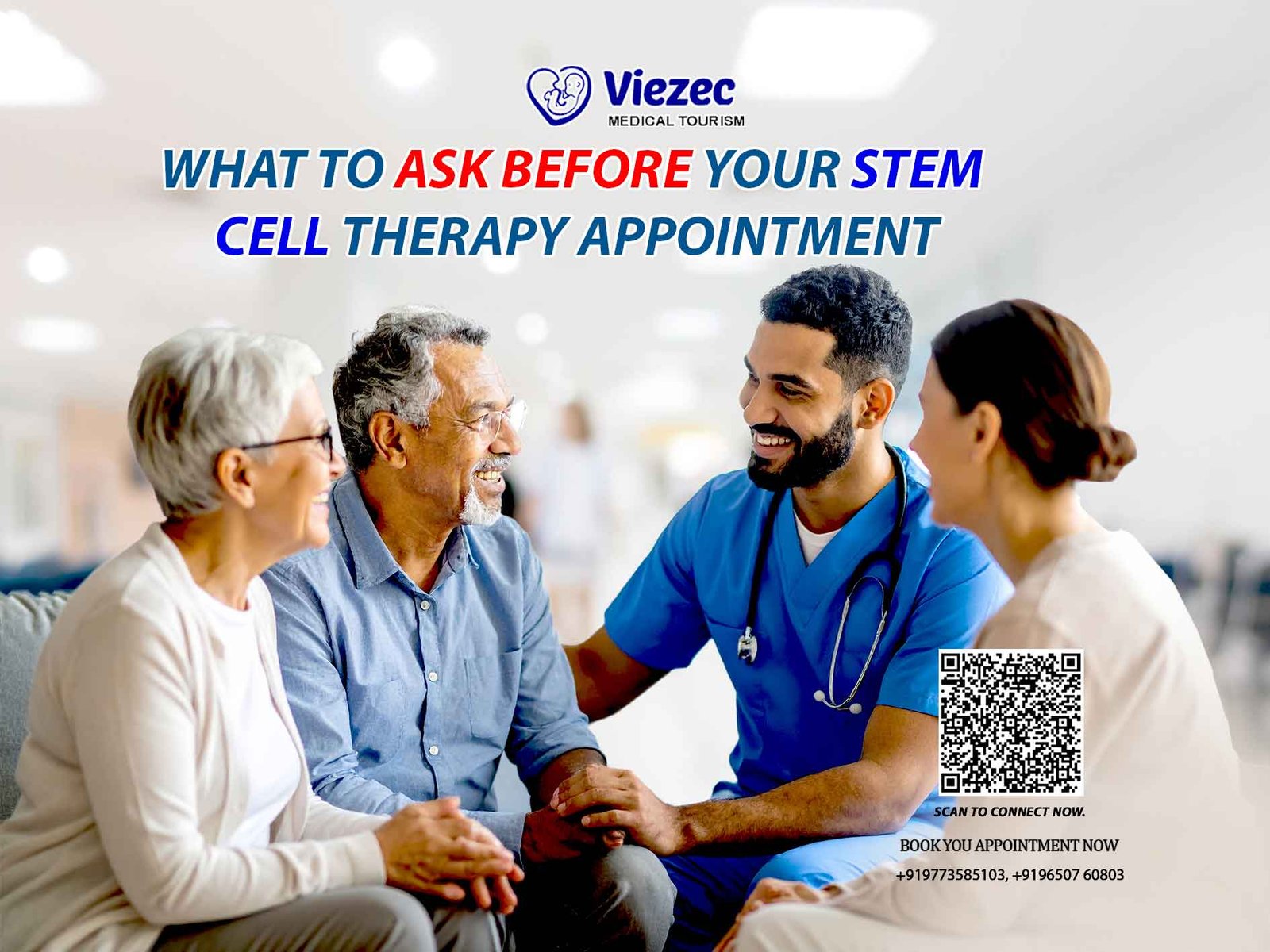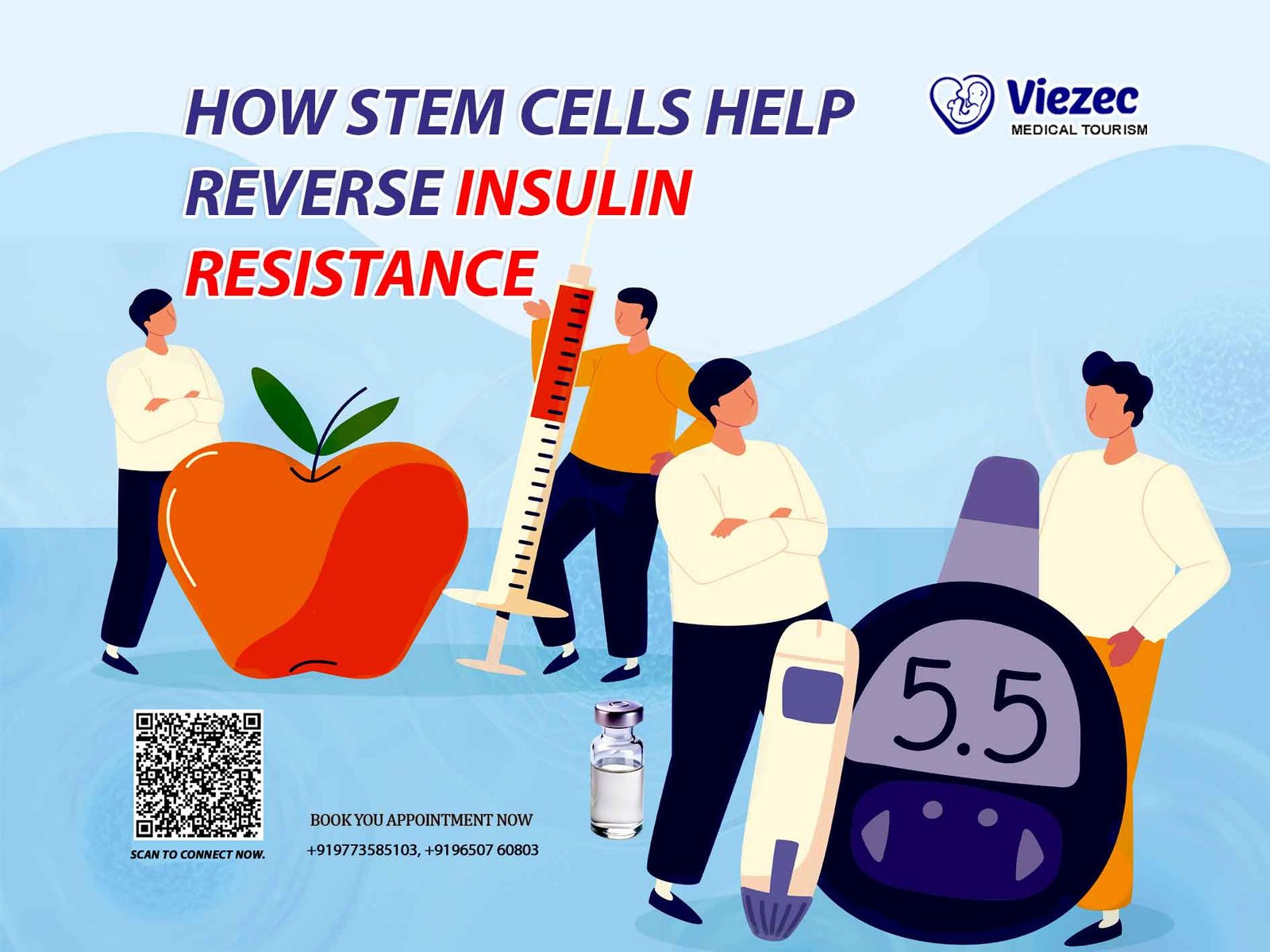Hair loss is a common concern for millions of people worldwide, affecting both men and women of various ages. While it’s often considered a natural part of aging, hair loss can have significant psychological and emotional impacts on individuals, affecting their self-esteem and quality of life. Over the years, numerous treatments have been developed to address hair loss, ranging from topical medications to surgical procedures. However, one of the most promising advancements in recent years is the use of stem cell hair injections.
Understanding Hair Loss
Before delving into the intricacies of stem cell hair injections, it’s crucial to understand the underlying mechanisms of hair loss. The human scalp contains thousands of hair follicles, each capable of producing a strand of hair. Hair growth occurs in cycles, with each strand of hair undergoing phases of growth, transition, and rest.
Hair loss can occur due to various factors, including genetics, hormonal changes, medical conditions, and environmental factors. Androgenetic alopecia, also known as male or female pattern baldness, is the most common type of hair loss, characterized by a gradual thinning of hair over time. Other forms of hair loss include alopecia areata, telogen effluvium, and traction alopecia.
Current Treatment Options
Over the years, numerous treatments have been developed to combat hair loss, each with its own set of benefits and limitations. Some of the most common treatment options include:
1. Topical Medications
Topical medications such as minoxidil (Rogaine) and finasteride (Propecia) are commonly used to treat hair loss. Minoxidil works by increasing blood flow to the scalp, promoting hair growth, while finasteride inhibits the production of dihydrotestosterone (DHT), a hormone linked to hair loss.
2. Oral Medications
In addition to topical treatments, oral medications like finasteride are also available for treating hair loss. However, these medications may have side effects and are not suitable for everyone.
3. Hair Transplant Surgery
Hair transplant surgery involves harvesting hair follicles from areas of the scalp with healthy hair growth and transplanting them into balding or thinning areas. While effective, hair transplant surgery is invasive and may require multiple sessions to achieve desired results.
4. Platelet-Rich Plasma (PRP) Therapy
Platelet-rich plasma (PRP) therapy involves extracting a sample of the patient’s blood, separating the platelets, and injecting the concentrated platelet-rich plasma into the scalp. PRP contains growth factors that promote hair growth and improve hair density.
The Promise of Stem Cell Hair Injections
While existing treatments have provided relief for many individuals struggling with hair loss, they often have limitations in terms of efficacy, invasiveness, and side effects. Stem cell hair injections offer a promising alternative by harnessing the regenerative potential of stem cells to stimulate hair growth naturally.
What are Stem Cells?
Stem cells are undifferentiated cells capable of dividing and differentiating into various cell types in the body. They play a crucial role in tissue repair, regeneration, and growth. Stem cells can be sourced from various tissues, including embryonic tissue, umbilical cord blood, and adult tissues such as bone marrow and adipose tissue.
How Stem Cell Hair Injections Work
Stem cell hair injections involve harvesting stem cells from the patient’s own body, typically from adipose tissue (fat) or bone marrow. These stem cells are then processed and injected into the scalp, targeting areas affected by hair loss. Once injected, the stem cells work to stimulate dormant hair follicles, promote hair growth, and improve hair density.
Benefits of Stem Cell Hair Injections
Stem cell hair injections offer several advantages over traditional hair loss treatments:
- Natural Hair Growth: By harnessing the body’s natural regenerative capabilities, stem cell hair injections promote natural hair growth without the need for synthetic medications or invasive procedures.
- Minimal Side Effects: Since the stem cells used in hair injections are sourced from the patient’s own body, the risk of adverse reactions or rejection is minimal compared to other treatments.
- Non-Invasive: Unlike hair transplant surgery, which involves surgical incisions and recovery time, stem cell hair injections are minimally invasive and typically require no downtime.
- Long-lasting Results: Stem cell therapy can lead to long-lasting improvements in hair growth and density, with some patients experiencing sustained results for years after treatment.
Research and Clinical Trials
While stem cell hair injections show great promise as a treatment for hair loss, further research and clinical trials are needed to fully understand their efficacy and safety. Several studies have demonstrated the potential of stem cell therapy in promoting hair growth, but more extensive research is needed to validate these findings and optimize treatment protocols.
Hair Loss Treatment
As researchers continue to explore the therapeutic potential of stem cells, the future of hair loss treatment looks promising. Advances in stem cell technology, coupled with ongoing research efforts, are paving the way for innovative treatments that offer new hope for individuals struggling with hair loss.
Personalized Treatment Approaches
One of the most exciting aspects of stem cell therapy is its potential for personalized treatment approaches. By tailoring treatment protocols to individual patients based on factors such as age, gender, and genetic predisposition, clinicians can optimize outcomes and provide more effective solutions for hair loss.
Combination Therapies
In addition to standalone stem cell therapy, researchers are exploring the potential benefits of combining stem cell injections with other treatment modalities. Combining stem cell therapy with techniques such as PRP therapy or microneedling may enhance hair growth outcomes by synergistically promoting tissue repair and regeneration.
Advances in Stem Cell Technology
Advances in stem cell technology, including the development of novel cell isolation and culture techniques, are expanding the possibilities for hair loss treatment. By optimizing the isolation and purification of stem cells and understanding their interactions with hair follicles, researchers can develop more potent and targeted therapies for hair loss.
Stem cell hair injections represent a groundbreaking approach to treating hair loss, offering a natural, minimally invasive alternative to traditional therapies. By harnessing the regenerative potential of stem cells, researchers and clinicians are transforming the landscape of hair loss treatment, providing new hope for individuals seeking effective solutions. While further research is needed to fully realize the potential of stem cell therapy, the future looks promising for those struggling with hair loss, offering the possibility of restored confidence and improved quality of life.
